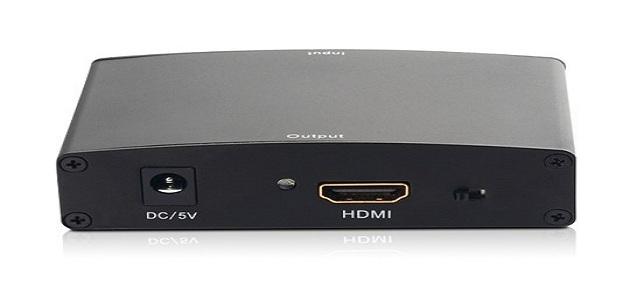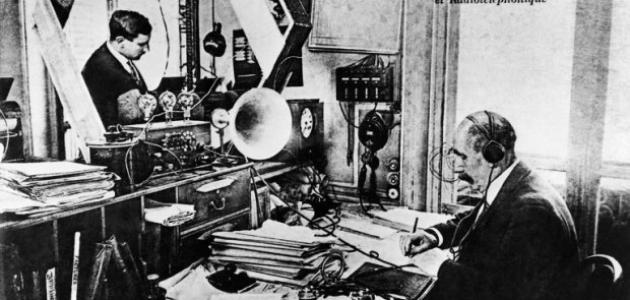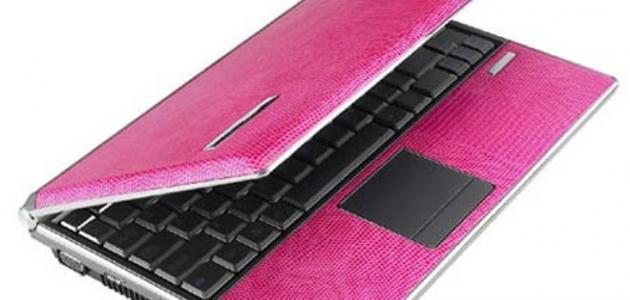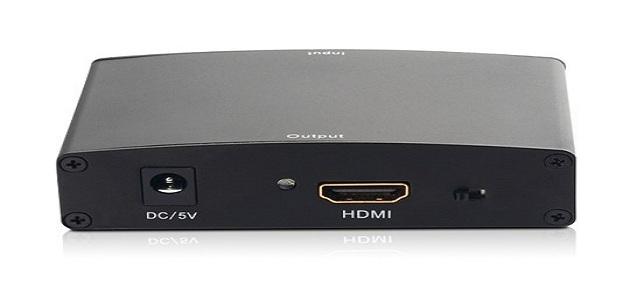Solar heater working
The center of a solar heater is a solar collector and storage tank. It is essentially a polished, insulated box with a dark inner lining, and usually a set of pipes, or passages, for the water to flow. The polished portion is a layer of material, usually glass, which helps... To retain heat, the solar collector converts sunlight into heat, and the tank stores water in it. This is the basic setup, and in some systems it is not much more complicated than that, as there is a difference between solar water heaters, which are either effective or ineffective. An active heater uses electric pumps and controls to move water around the system, while a passive heater uses only natural force, so a passive heater is the simplest.
Choose the size of your solar heating system
Choosing the appropriate solar energy system depends on several factors, including: location, design, and home needs. Local obstacles may limit the choice of solar heater, as the local climate, the type and efficiency of the collector, and the area of the collector determine the amount of heat that can be available. The system design is usually Active to provide heat for 40-80% of the home’s needs, while passive solar heating requires a smaller and less expensive heating system of any type, in addition to the fact that designing an active system to provide sufficient heat for 100% is not practical or cost-effective. Supplemental or backup systems provide heat when the solar system cannot meet heating requirements, and these can range from a wood stove to a traditional central heating system.
Read also:How does a hybrid engine work?Rotation systems
Direct circulation systems distribute water through solar collectors, where it is heated by the sun, then the hot water is stored in a tank and sent to the water heater without a sink, or used directly. These systems are considered the best in climates where freezing is rare, because Freeze protection is essential in cold climates, where closed or indirect systems use non-freezing fluids to transfer heat from the sun to the water in the storage tank. The sun's thermal energy heats the liquid in the solar collectors, and this fluid then passes through a heat exchanger in the tank. , which transfers heat to the water, and the non-frozen liquid then returns to the accumulator again. These systems seem logical in freezing climates, and active or pressurized systems use electric pumps, valves and control devices to transfer water from the accumulator to the tank, but in inactive systems there is no Any pumps require, as natural convection moves water from the accumulator to the storage tank, with the temperature rising automatically.
Read also:Play flash on ipad








